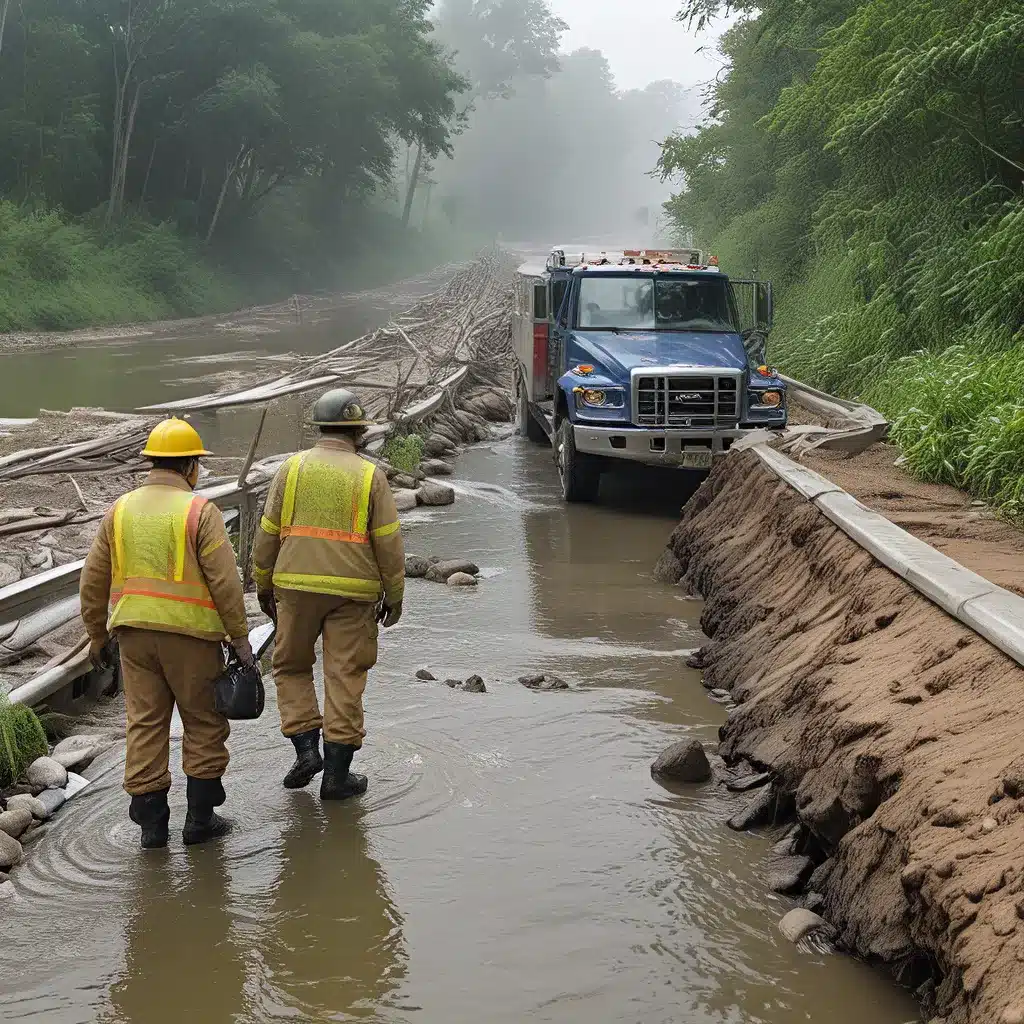
Navigating the Communication Labyrinth
As an emergency management professional, I’ve long grappled with the communication challenges that arise when working with our GIS counterparts. It’s a dance we’ve all experienced – those awkward moments when the technical jargon flies over our heads, or when our requests for simple, actionable insights are met with dizzying explanations of software capabilities.
But no more! Today, I’m determined to bridge this divide and unlock the true potential of geospatial technologies in disaster response. Because let’s face it, we’re in this together – and when we find that sweet spot of productive collaboration, the results can be truly life-saving.
Embracing Radical Candor
The first step? Honesty. And I’m talking radical candor, folks. No more tiptoeing around the issue. I’ve got to level with my GIS partners and admit that, well, I’m just not a tech wizard.
“Look, I may not be fluent in GIS lingo,” I’ll say, “but I sure as heck know how to make critical, split-second decisions during an emergency. So let’s figure out a way to communicate that works for both of us, okay?”
The beauty of this approach is that it immediately sets the stage for open, judgment-free dialogue. Suddenly, we’re all on the same team, learning from each other and working towards a common goal. No more false airs or assumptions – just two professionals, rolling up their sleeves and getting the job done.
A Menu We Can All Understand
Now, let’s talk about those GIS capabilities. Because while I may not be an early adopter, I’m eager to learn. But please, no more tech jargon dumps, alright?
Instead of reeling off a laundry list of software features, I need you to give me a plain-English menu of options. What can your geospatial tools actually do for me in the heat of a disaster? How can they provide the contextual intel I need to make those tough calls?
It’s all about meeting me halfway. If I can visualize the real-world impact of your products, then I’m far more likely to get on board. And hey, who knows? I might even start asking for those fancy dashboards and link analyses you were talking about.
Immersing Ourselves in the Mission
Of course, this two-way street goes both ways. While I’m committed to learning the language of GIS, I also need my partners to dive deep into the world of emergency management. Because let’s be honest, we don’t all have the luxury of in-house GIS teams.
That means you, my GIS friends, need to take the initiative. Seek out training courses, read up on operational plans and frameworks, heck, even volunteer to participate in our disaster drills. The more you understand the unique challenges and decision-making processes of emergency management, the better you’ll be able to tailor your solutions to our needs.
And speaking of needs, make sure you know our essential elements of information (EEIs) like the back of your hand. These are the data points that keep us up at night, the ones that inform our most critical choices. Mastering the EEIs is your ticket to creating GIS products that truly resonate.
Asking the Tough Questions
Now, I know what you’re thinking – “But what if I ask too many questions? Won’t I just slow things down in the heat of the moment?”
Nope, not a chance. In fact, I’m going to insist that you raise your hand, speak up, and dig deeper. Because those clarifying questions? They’re your secret weapon.
Don’t just accept a task and get to work – probe for the underlying intent. Understand the decisions that’ll be made from your products, the audiences they’ll reach, the format they need to take. Only then can you truly optimize your GIS wizardry to support our emergency response efforts.
And hey, while you’re at it, make sure to get a seat at the table. Attend those meetings, listen in on the conversations, and soak up the mission context. Because the more you immerse yourself, the better you’ll be at anticipating our needs and delivering solutions that truly move the needle.
A Call to Action
So, there you have it – my roadmap for bridging the communication gap between emergency management and GIS. It’s not always easy, I know. But when we approach this challenge with radical candor, a shared understanding, and a genuine desire to learn, the rewards can be immense.
After all, when we work together as true partners, there’s no limit to what we can achieve. Disasters may be unpredictable, but with the power of geospatial intelligence behind us, I know we can rise to any occasion.
Inland Waters Inc. is committed to being at the forefront of this crucial collaboration. We’re ready to empower our GIS partners, to learn from their expertise, and to forge a new era of environmental stewardship in disaster response. So, what are you waiting for? Let’s dive in, roll up our sleeves, and get to work!


